Venture beyond Montreal and Quebec City, and you’ll discover a provincial wonderland where mountains kiss the sky, rivers carve ancient valleys, and French heritage blends with stunning natural landscapes. Quebec’s countryside offers a refreshing escape from urban chaos – places where time slows down and authentic experiences await around every bend.
Let’s explore 18 unforgettable stops that showcase the true soul of rural Quebec.
Île d’Orléans
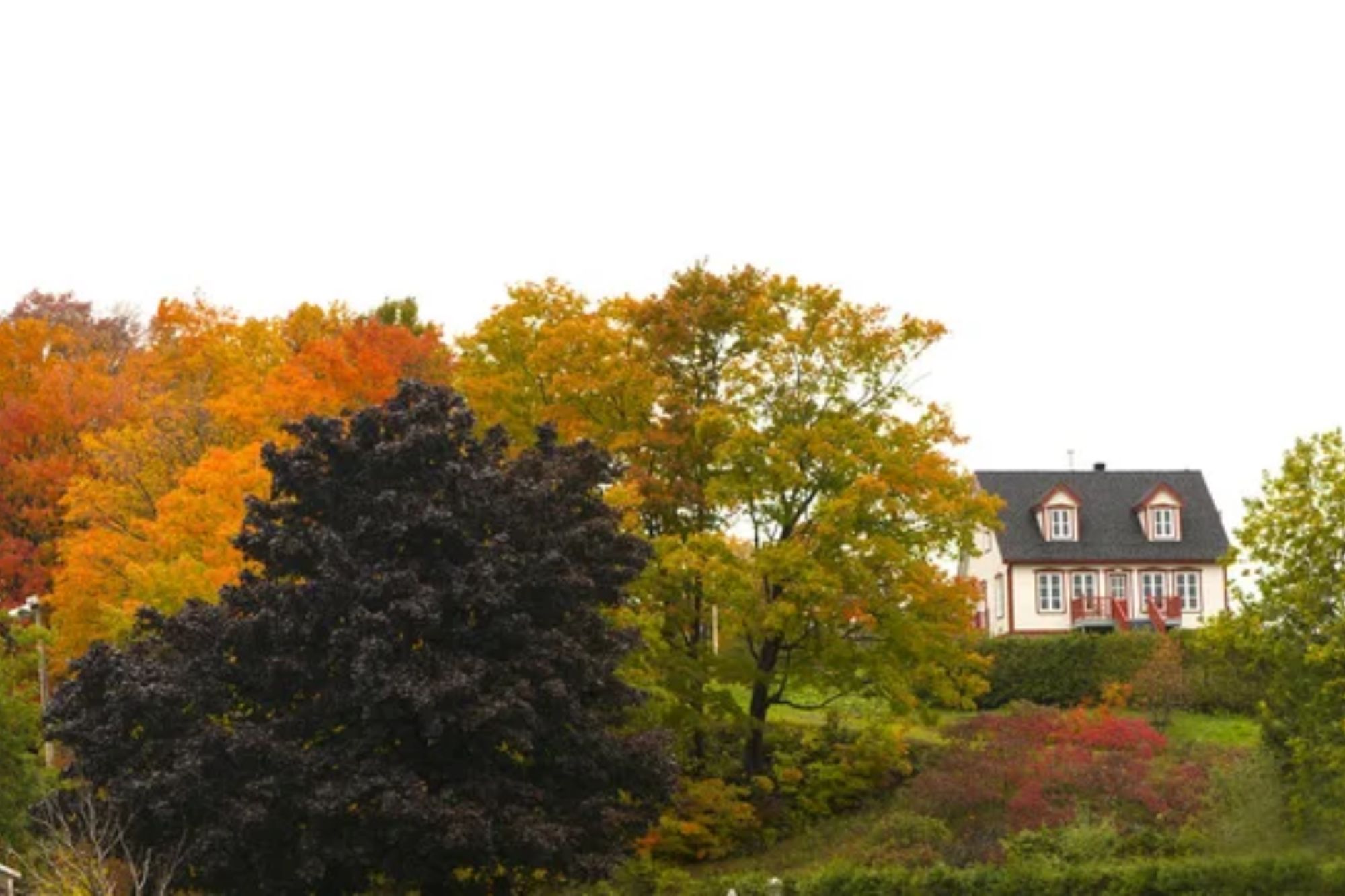
Just 15 minutes from Quebec City sits an island that feels like stepping back centuries. Considered one of North America’s first French settlements, this place oozes old-world charm with its weathered stone houses and church spires poking through lush greenery.
Local farms dot the landscape – stop literally anywhere to sample strawberries so sweet they’ll ruin supermarket berries forever. The island’s six tiny villages connect via one main road that circles the perimeter, making for the perfect day trip.
Percé Rock and Bonaventure Island
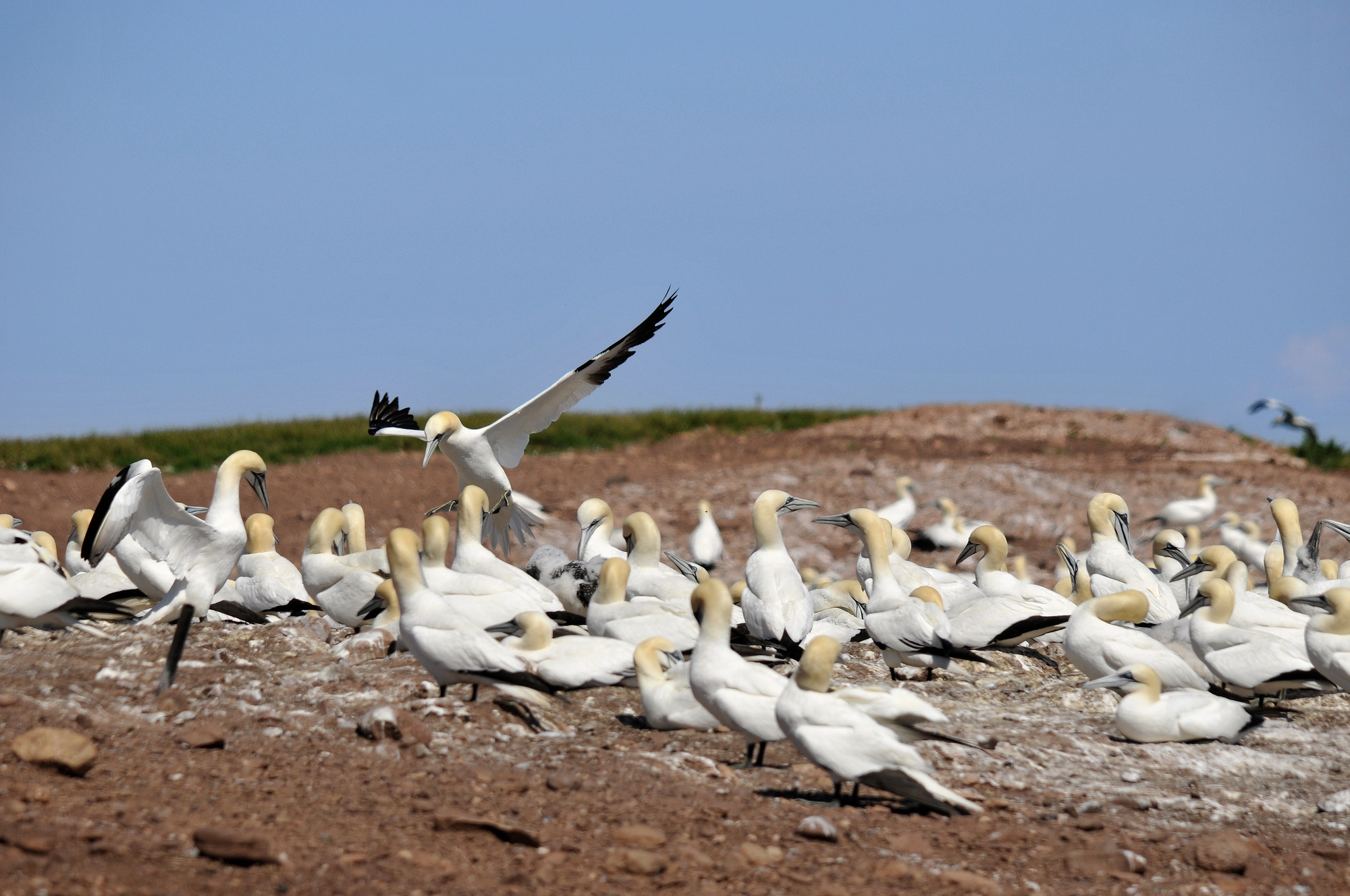
The iconic limestone monolith known as Percé Rock sits majestically off Gaspé Peninsula’s tip, creating Quebec’s most photographed natural wonder. At 438 meters long and 88 meters high, this massive formation features a sea-carved arch big enough for small boats to pass through at high tide.
The equally impressive Bonaventure Island sits nearby – home to North America’s largest accessible seabird colony with over 110,000 northern gannets. The noise and smell are memorable, but watching these brilliant white birds perform elaborate greeting rituals just feet away makes it all worthwhile.
Eastern Townships Vineyards
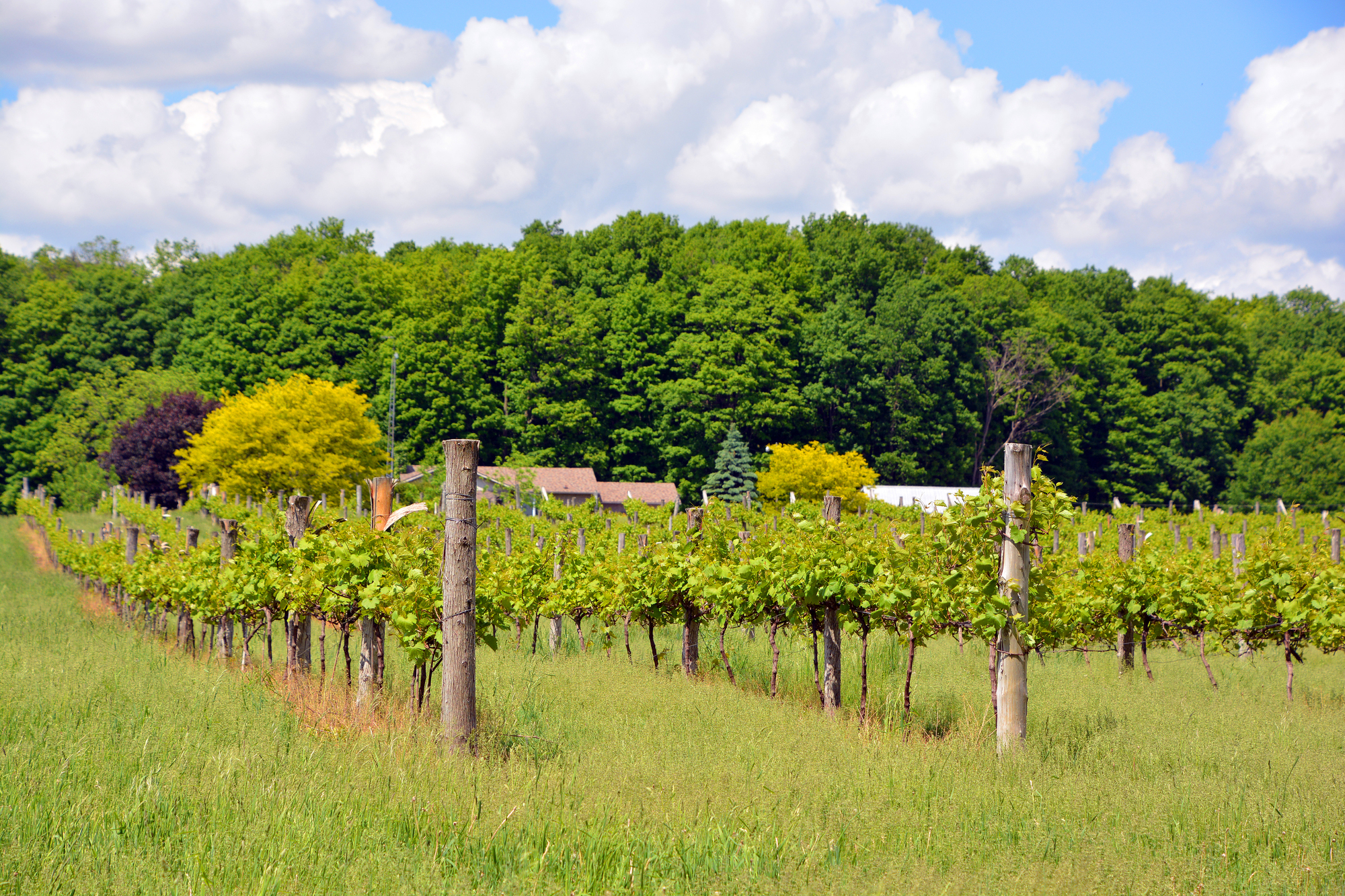
Quebec isn’t exactly synonymous with wine culture – yet the Eastern Townships quietly produce exceptional cool-climate vintages. Rolling hills dotted with small vineyards spread across Brome-Missisquoi county, creating the province’s first wine route.
Vignoble de l’Orpailleur pioneered winemaking here back in the 80s, though dozens have sprouted since. Small-batch ice wines and crisp whites thrive in this climate, each vineyard offering tastings with distinctly Quebecois hospitality.
Between sips, the countryside views of forested mountains and pristine lakes make even non-drinkers swoon.
Like Travel Pug’s content? Follow us on MSN.
Mont-Tremblant National Park
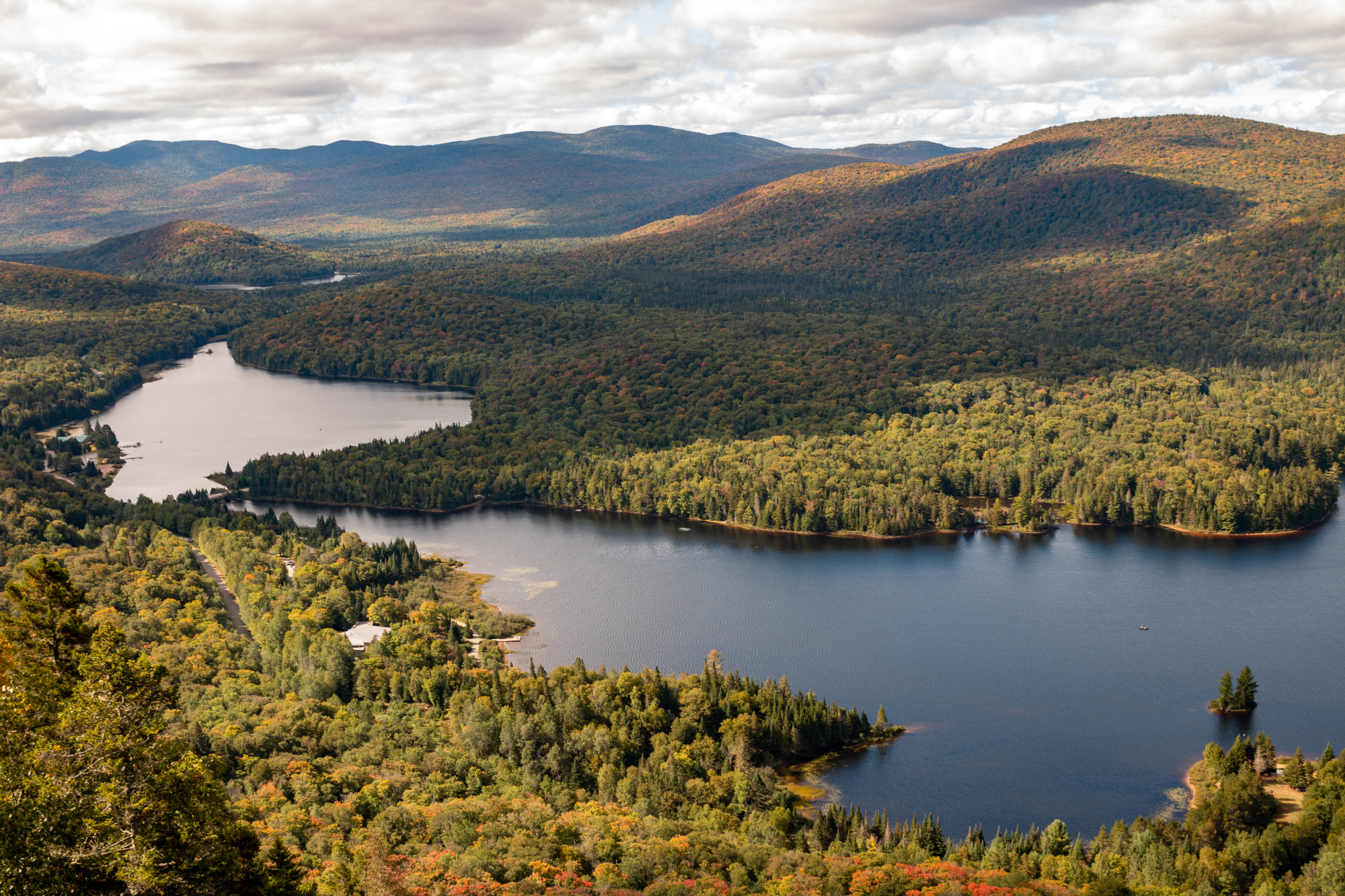
Beyond the famous ski resort lies a wilderness paradise that locals cherish year-round. Six mighty rivers cut through the ancient Laurentian Mountains, creating a playground of cascading waterfalls and mirrorlike lakes.
Endless hiking trails wind through maple forests that explode with color come fall – the view from Pic Johannsen’s summit might actually break your camera with its ridiculous beauty. Canoeing La Diable River offers a gentler way to immerse yourself, with sandy beaches perfect for impromptu picnics.
Winter transforms everything into a dreamy snowscape for cross-country skiing through absolute silence.
Montmorency Falls
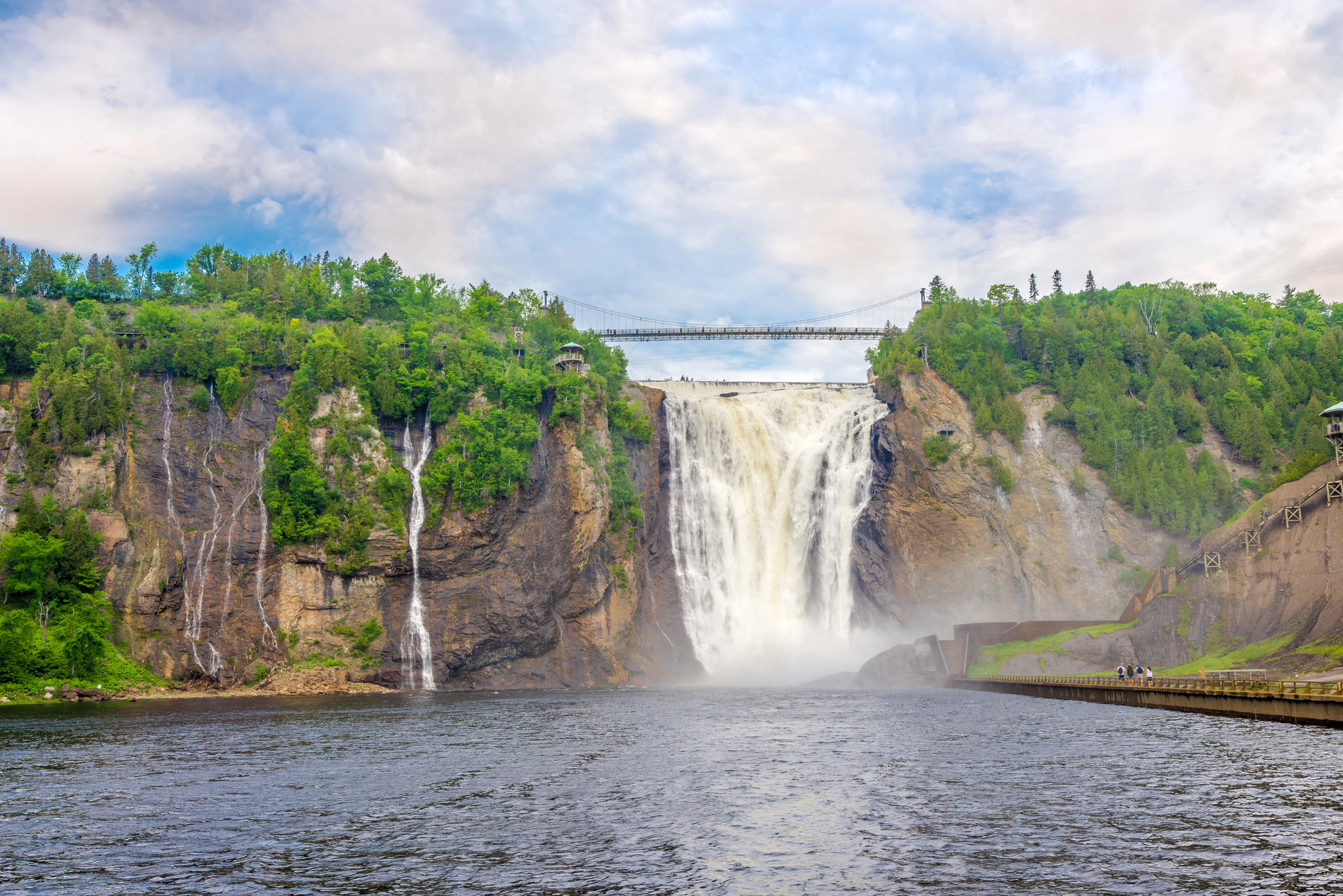
Higher than Niagara – though admittedly narrower – these thundering falls just outside Quebec City plummet 83 dramatic meters. The suspension bridge spanning directly over the cascade isn’t for the faint-hearted, but delivers thrills and soaking mist in equal measure.
For the truly adventurous, a zipline crosses the entire waterfall basin, providing unique perspectives impossible to get elsewhere. In winter, the spray freezes into an ice cone at the base called “pain de sucre” (sugar loaf), creating a natural phenomenon that draws photographers from across the globe.
Magog
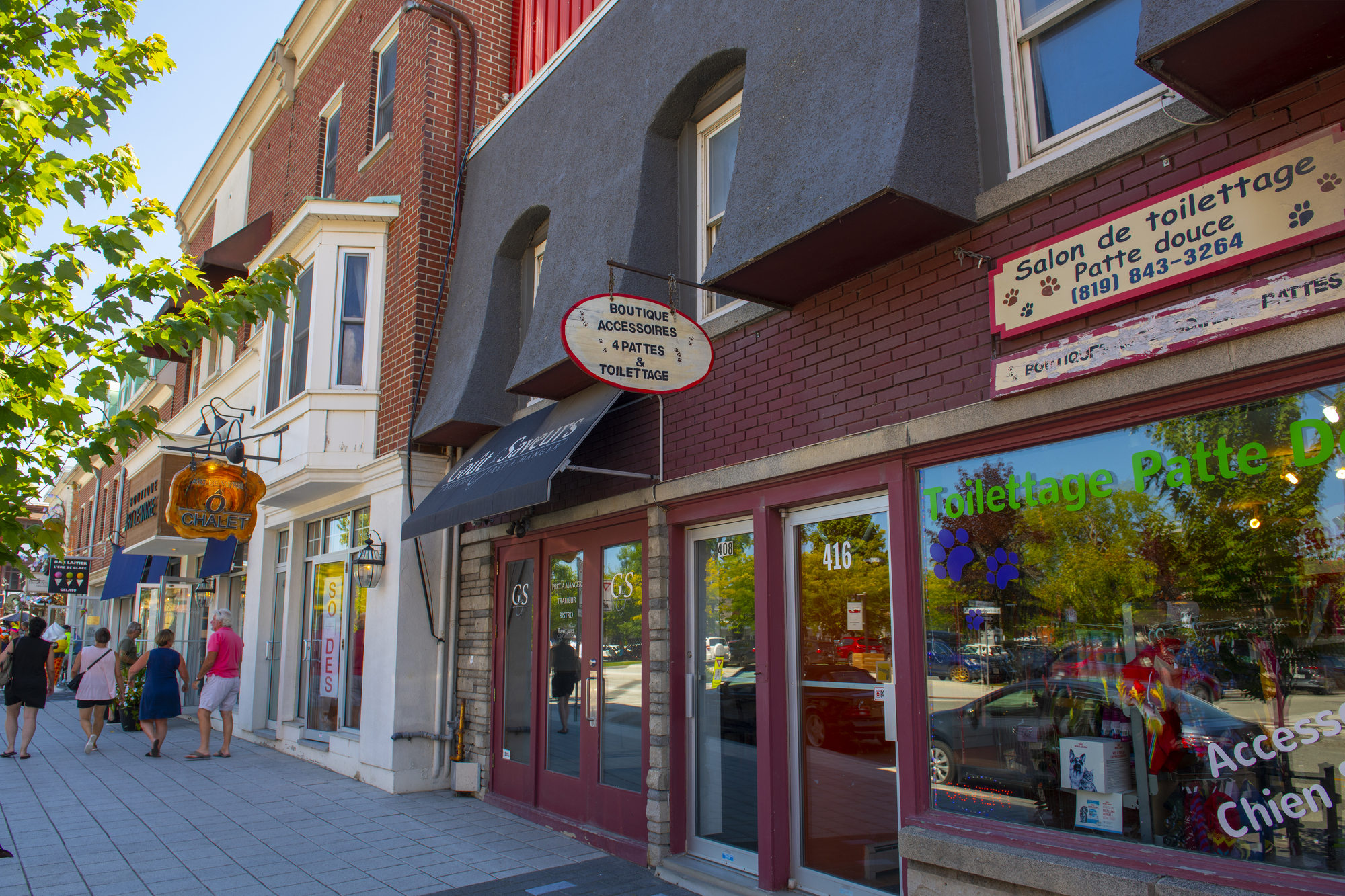
This lakeside town basically wrote the manual on charming water-view living. Nestled against Lake Memphremagog’s northern tip in the Eastern Townships, its pedestrian-friendly downtown mixes artisan shops with waterfront dining.
The town beach buzzes with activity all summer, while Mount Orford looms dramatically in the distance. Local cheese shops showcase Quebec’s dairy mastery – try anything made with raw milk if you’re feeling brave.
From here, you can bike the stunning Green Route cycling path or take boat cruises searching for Memphre, the lake’s legendary monster that definitely, probably, might exist.
Like Travel Pug’s content? Follow us on MSN.
Forillon National Park
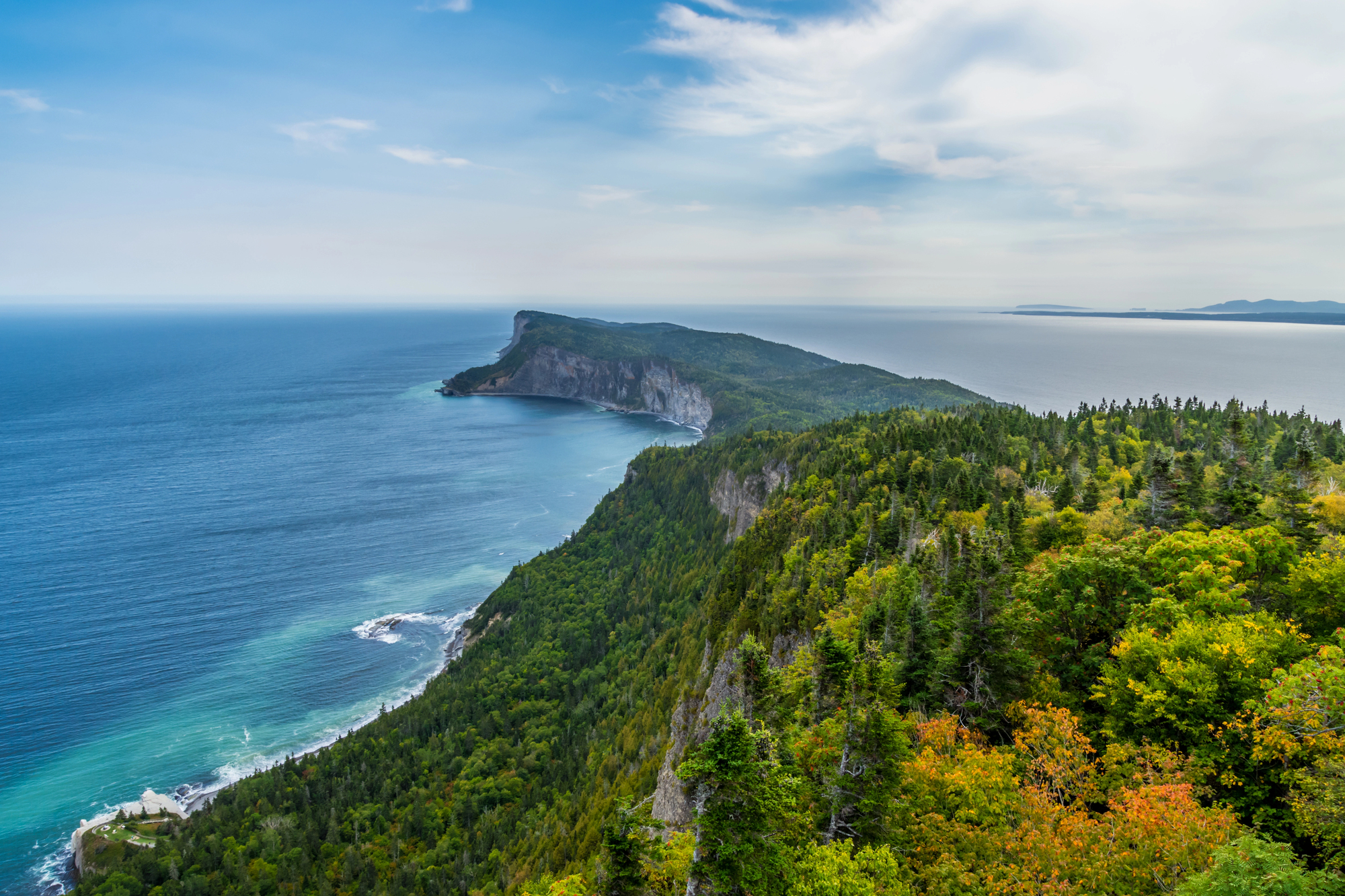
At Quebec’s easternmost edge lies a wild coastal paradise where mountains dive straight into the sea. The peninsula’s very tip offers cliffside trails where whales regularly breach offshore and seals lounge on rocks below.
Black bears roam the forested interior while bald eagles soar overhead. History buffs can explore abandoned fishing villages with preserved homes that tell the story of tough coastal life in centuries past.
Most memorable might be the sunrise from Cap Bon-Ami – arrive early to claim your spot as the first rays hit North America.
Saguenay Fjord

One of the world’s southernmost fjords cuts a majestic 105km gash through Quebec’s landscape. Flanked by sheer cliff walls rising 350 meters above the water, this ancient glacial valley creates a microclimate where beluga whales birth their young.
Tiny villages cling to rocky shores, while lookout points along Route 172 provide vertigo-inducing views of the immense blue channel below. Kayaking between these massive walls puts human existence into a humbling perspective.
L’Anse-Saint-Jean, with its covered bridge and artist community, makes the perfect overnight base for fjord exploration.
Sutton
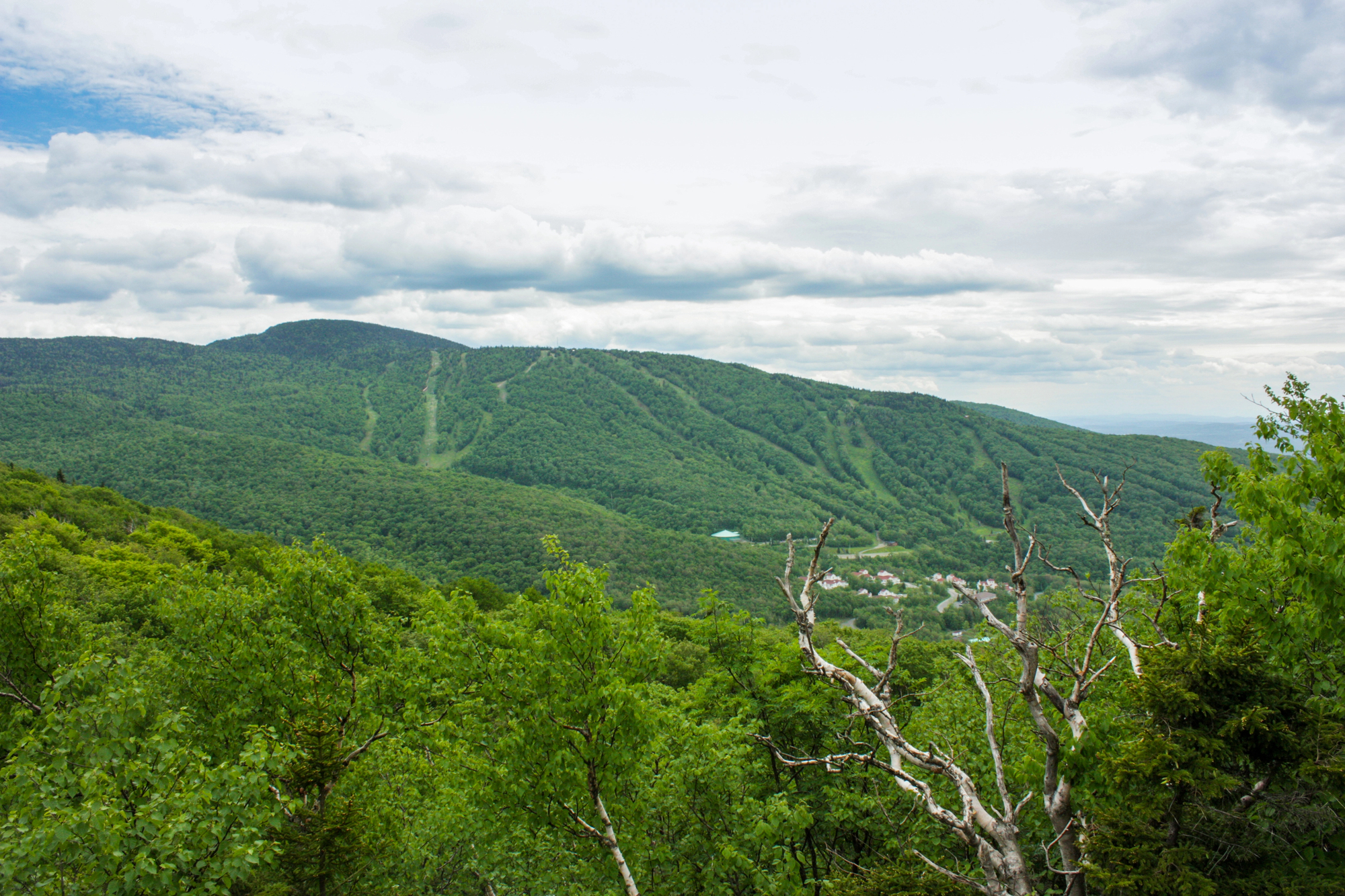
This mountain town in the Eastern Townships balances outdoor adventure with sophisticated small-town vibes. Hikers tackle Mount Sutton’s network of trails leading to panoramic viewpoints of undulating forests stretching to Vermont’s border.
The town center houses art galleries and farm-to-table eateries where Quebec’s French culinary heritage shines through every dish. Two notable microbreweries pour craft beers perfect after mountain adventures.
Come winter, the mountain transforms into a skier’s paradise with gladed runs through snow-covered pines – less crowded than bigger resorts but with legitimate challenging terrain.
Like Travel Pug’s content? Follow us on MSN.
Jacques-Cartier National Park
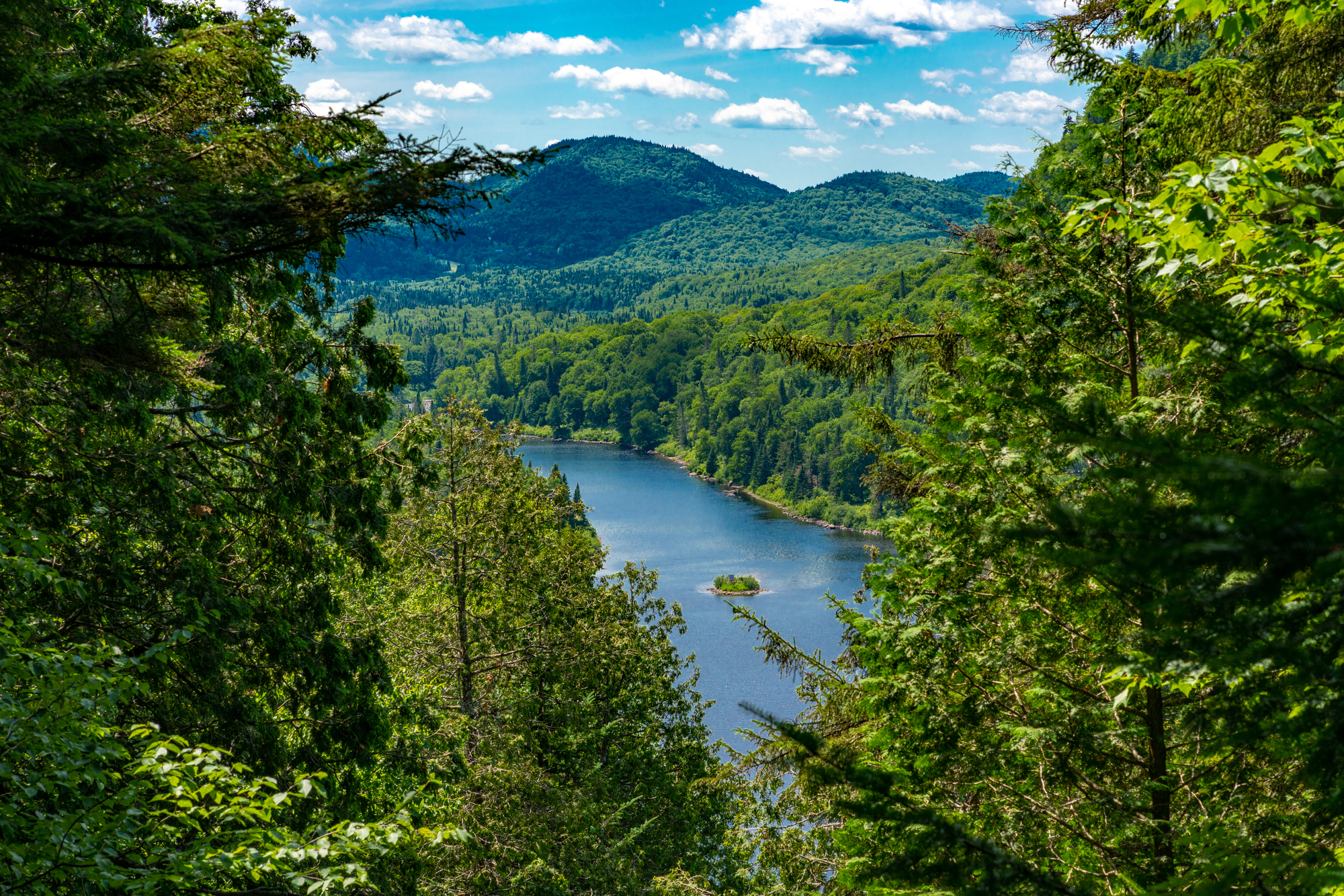
Just 30 minutes north of Quebec City hides a valley that somehow stays remarkably uncrowded despite its mind-blowing beauty. The glacier-carved trough creates one of Quebec’s most dramatic landscapes – with walls rising sharply on both sides of the winding Jacques-Cartier River.
Moose sightings happen regularly along the waterway, especially around dawn. Canoe camping offers the rare experience of paddling directly to secluded riverside campsites. Winter brings backcountry skiing through untouched powder fields that would make Colorado resorts jealous.
Tadoussac
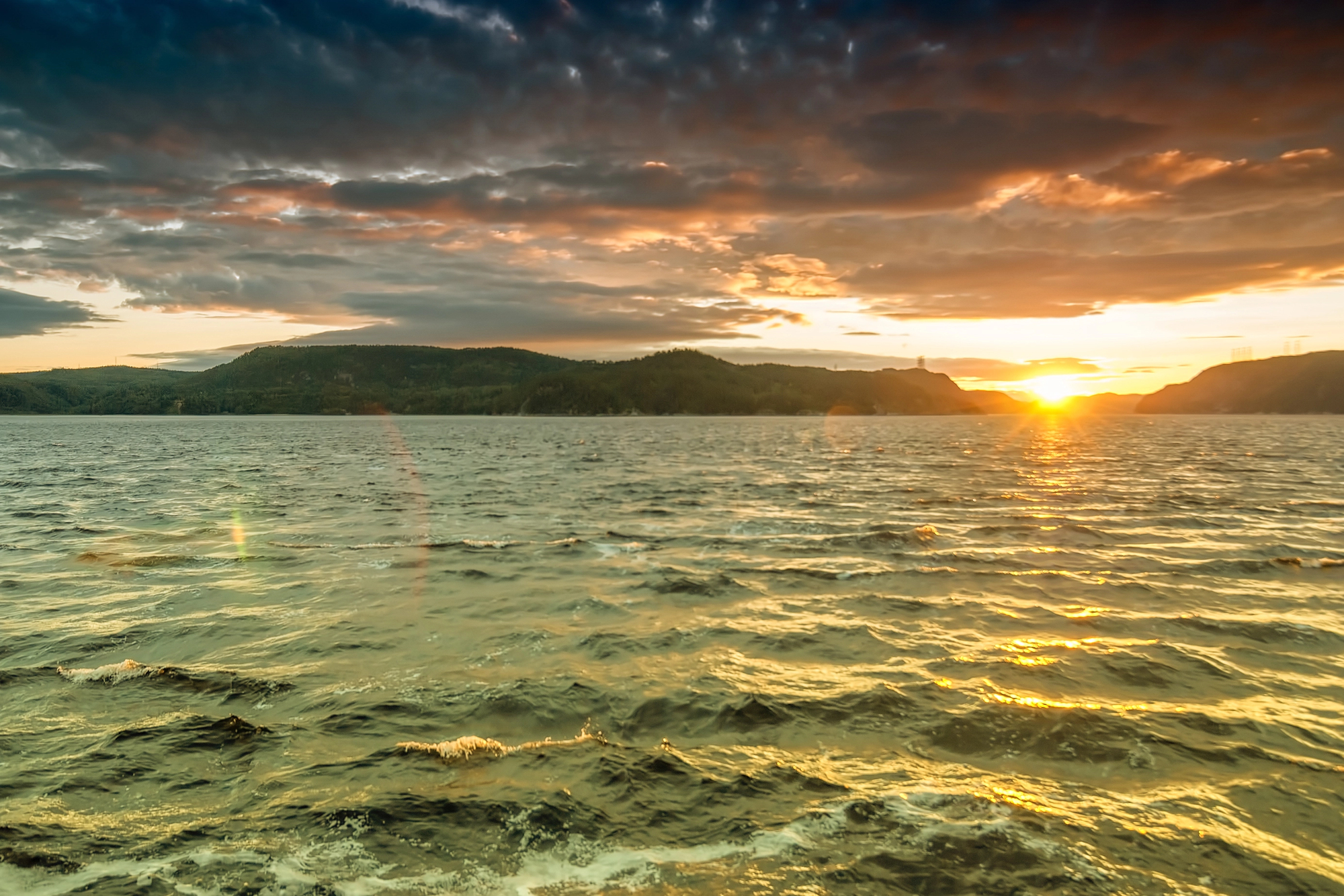
Where the Saguenay River meets the mighty St. Lawrence, this historic village serves as Quebec’s whale-watching capital. The nutrient-rich waters attract 13 whale species, including the massive blue whale.
What makes this place special isn’t just whale numbers but proximity – sometimes, they surface just meters from shore at Pointe de l’Islet. The village itself dates to 1600, making it North America’s oldest surviving French settlement.
Red-roofed buildings cluster around a natural harbor, creating arguably Quebec’s most photogenic coastal scene. Don’t miss the singing sand dunes nearby – they actually squeak underfoot.
Les Îles-de-la-Madeleine
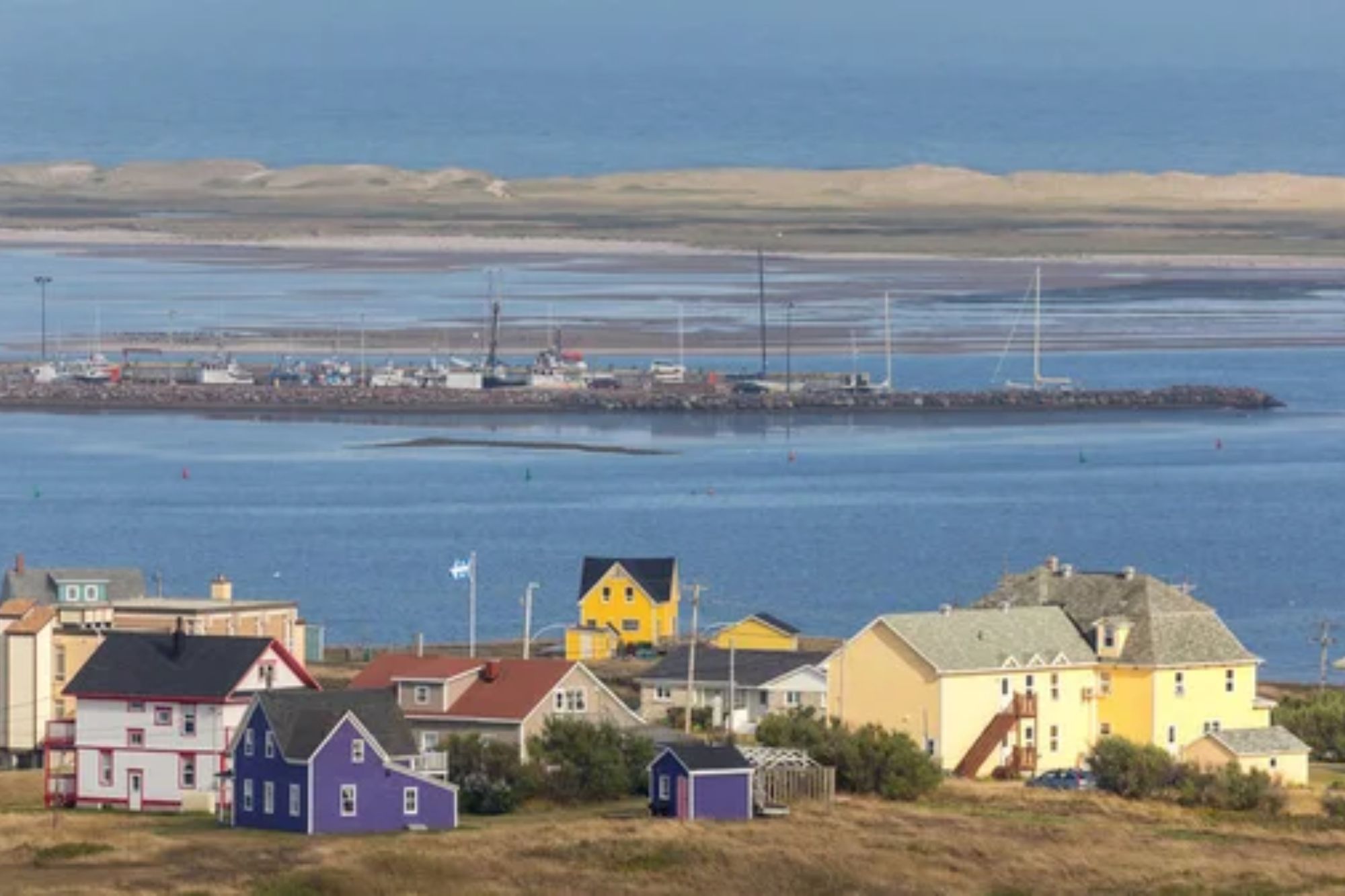
Technically part of Quebec, despite being closer to Nova Scotia, these wind-swept islands float in the Gulf of St. Lawrence like colorful confetti scattered across azure waters. Red sandstone cliffs contrast dramatically with endless white beaches and grassy dunes. Brightly painted fishing houses dot the landscape – blue, yellow, and red against green hills.
The archipelago’s microculture blends Acadian, Quebec, and maritime influences into something entirely unique. Local artisans transform sea glass into jewelry, while restaurants serve lobster pulled fresh from surrounding waters. Getting here requires effort – ferry or small plane – but isolation preserves the magic.
Like Travel Pug’s content? Follow us on MSN.
Baie-Saint-Paul
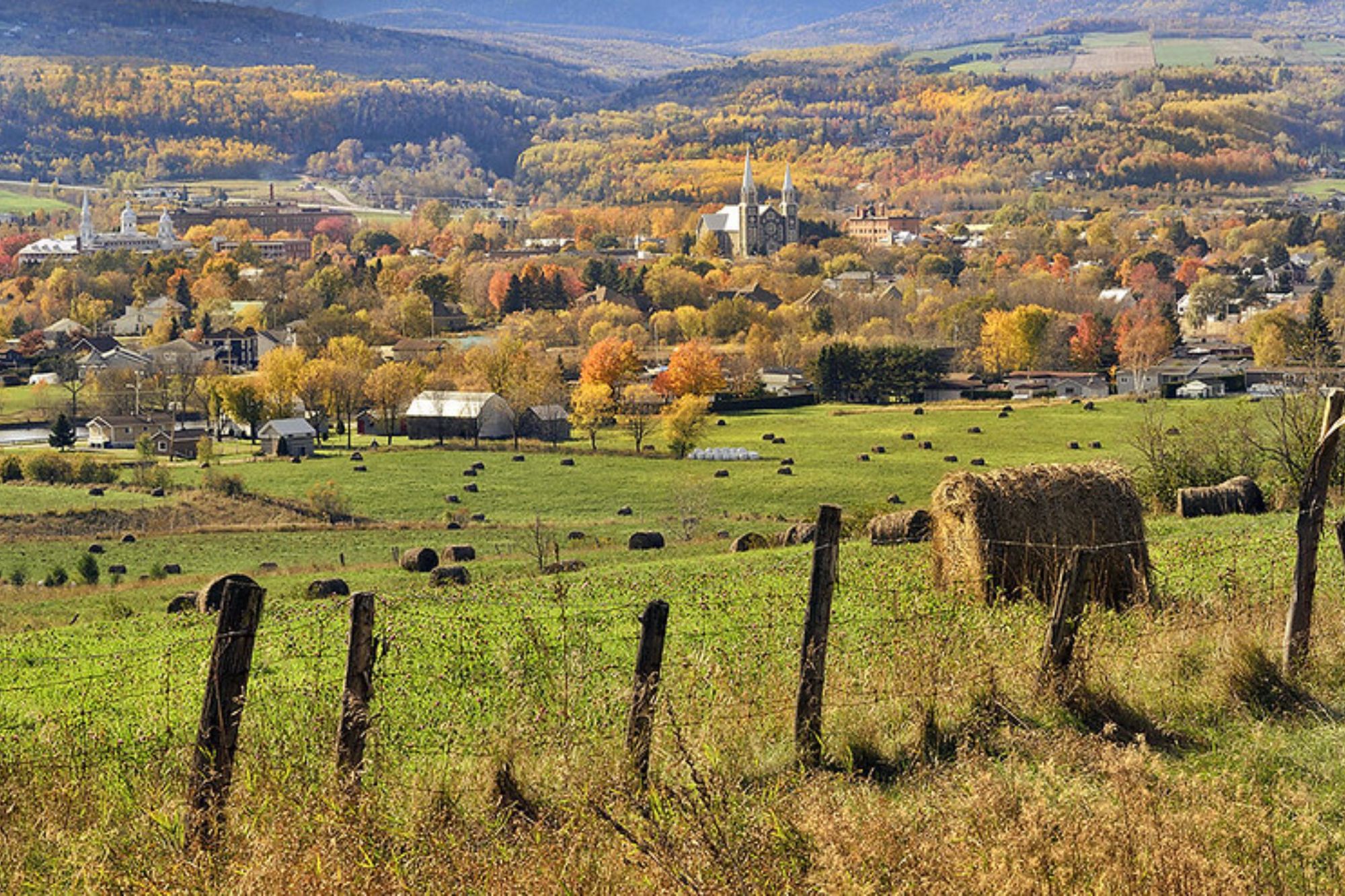
Tucked between mountains and the St. Lawrence River in Charlevoix region, this artistic enclave birthed the famous Cirque du Soleil in the 1980s. Creative energy still pulses through its historic main street, with over 25 galleries housed in centuries-old buildings with tin roofs.
Local farms produce exceptional cheeses and ciders available at the public market. The surrounding countryside inspired generations of landscape painters with rolling hills overlooking the massive river.
Several economuseums demonstrate traditional crafts – watch blacksmiths, papermakers and weavers practice nearly-forgotten arts.
Parc national de la Gaspésie
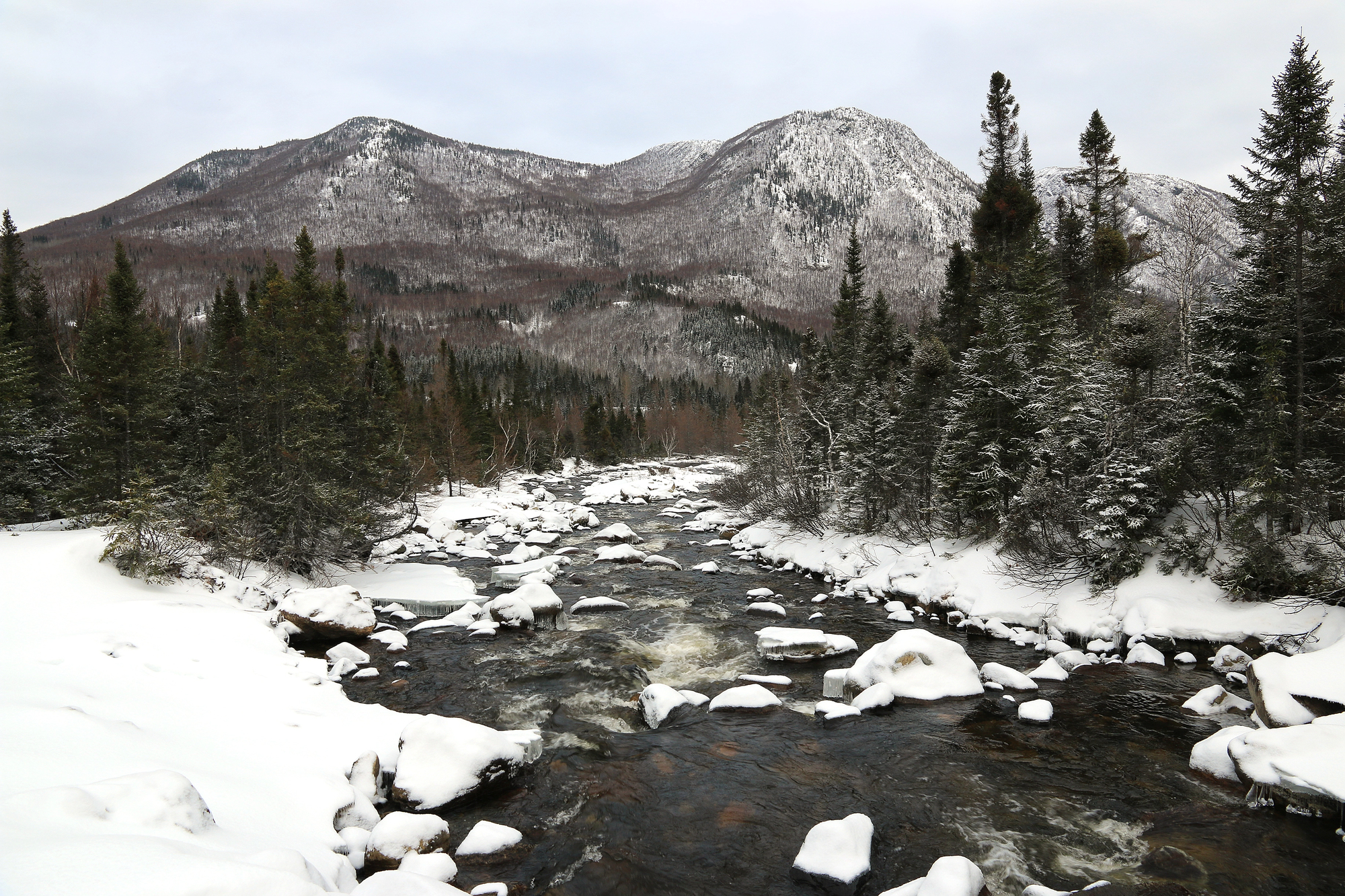
Quebec’s interior Gaspé mountains harbor one of eastern North America’s most pristine wilderness areas. The Chic-Choc range includes 25 peaks exceeding 1,000 meters, creating an alpine environment uncommonly found this far east. Here lives Quebec’s only caribou herd, often spotted on barren mountaintops.
Jacques-Cartier summit trail delivers hikers to truly spectacular 360-degree views. Meanwhile, hidden valleys shelter moose and black bears among old-growth forests. Gîte du Mont-Albert provides upscale mountain lodging surrounded by peaks that trap clouds like a natural amphitheater.
North Hatley
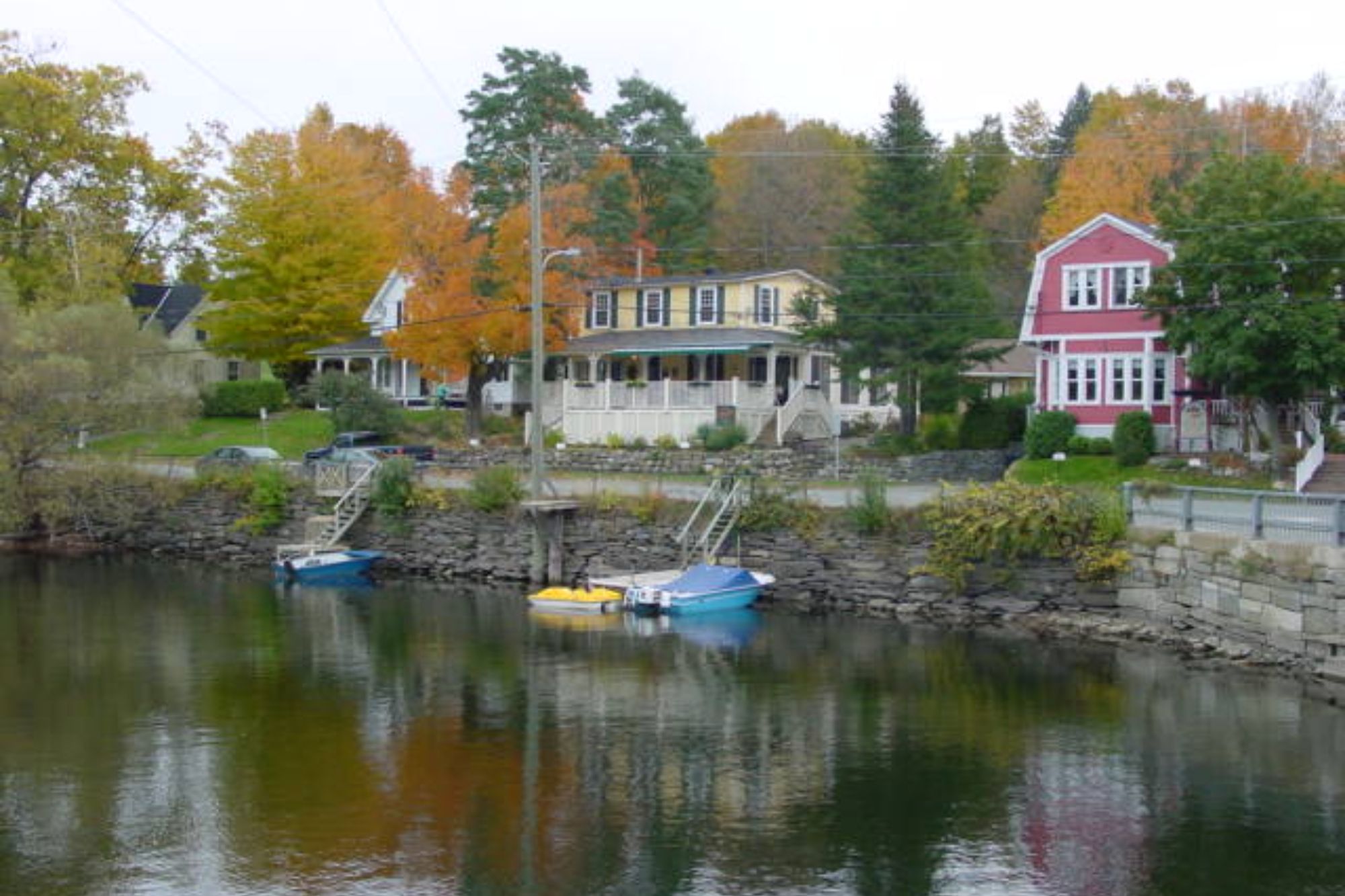
With barely 750 residents, this Eastern Townships village punches way above its weight in pure charm. Nestled at Lake Massawippi’s tip, Victorian-era mansions line lakefront streets – built by wealthy Americans who fled north during the Civil War.
The literary scene thrives at Hovey Manor, which inspired the setting for Louise Penny’s famous detective novels. Antique shops and art studios occupy converted stables and carriage houses.
Rent kayaks from the marina to explore the lake’s tranquil bays. Fall colors reflecting in still waters create scenes so perfect they seem artificial.
Like Travel Pug’s content? Follow us on MSN.
Parc national des Grands-Jardins
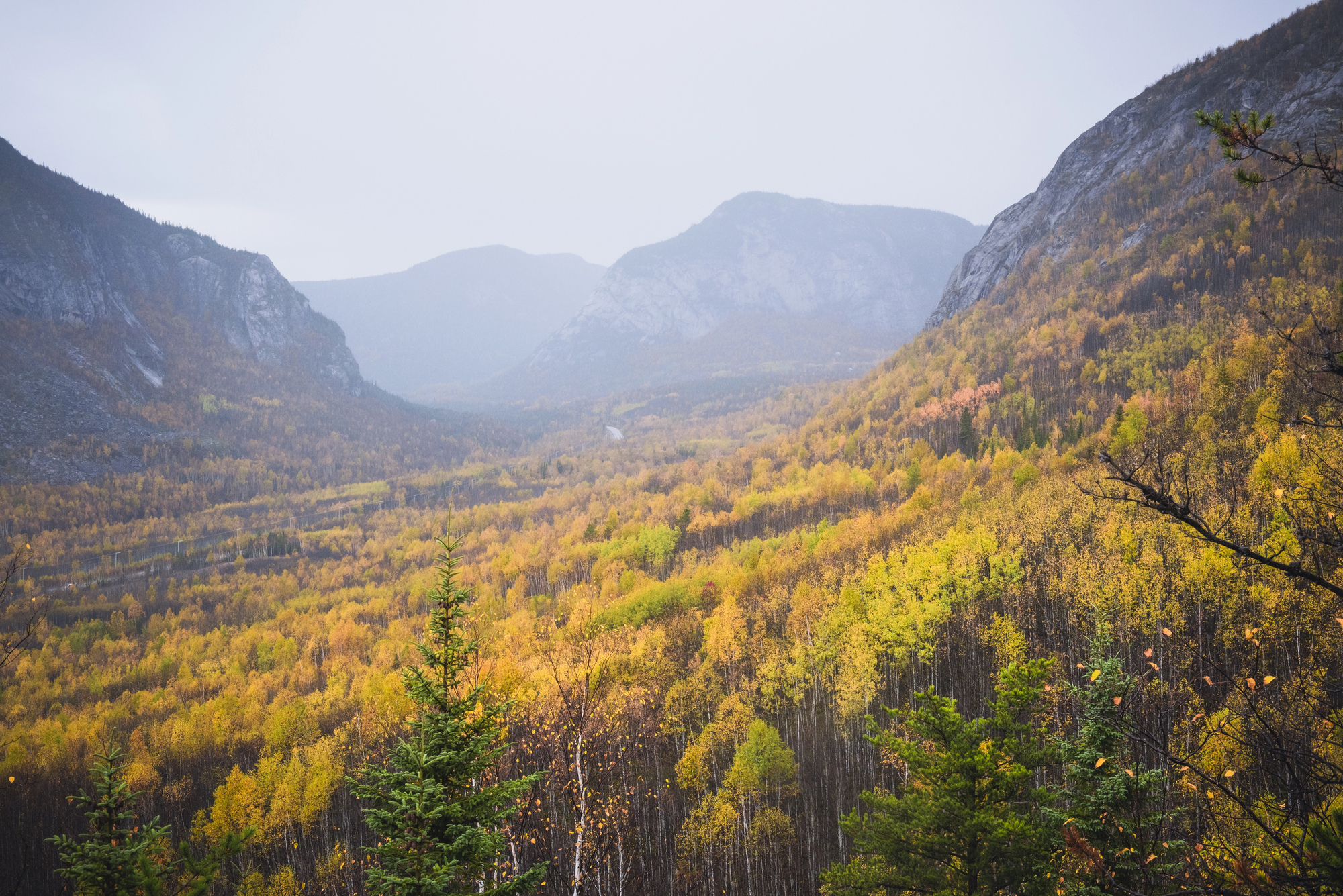
Strange landscape alert – this unusual park in Charlevoix resembles northern tundra, despite sitting hundreds of miles south of Arctic regions. Stunted vegetation and barren plateaus create otherworldly scenery unlike anywhere else in southern Quebec.
Caribou once roamed these strange highlands called “les grands jardins” (the great gardens), ironically by early settlers who found them barren and useless. Today, hiking trails cross this peculiar moonscape, with Mont du Lac à Moïse offering the best panoramic views.
Exceptional trout fishing in crystal lakes draws anglers from across the province.
Coaticook
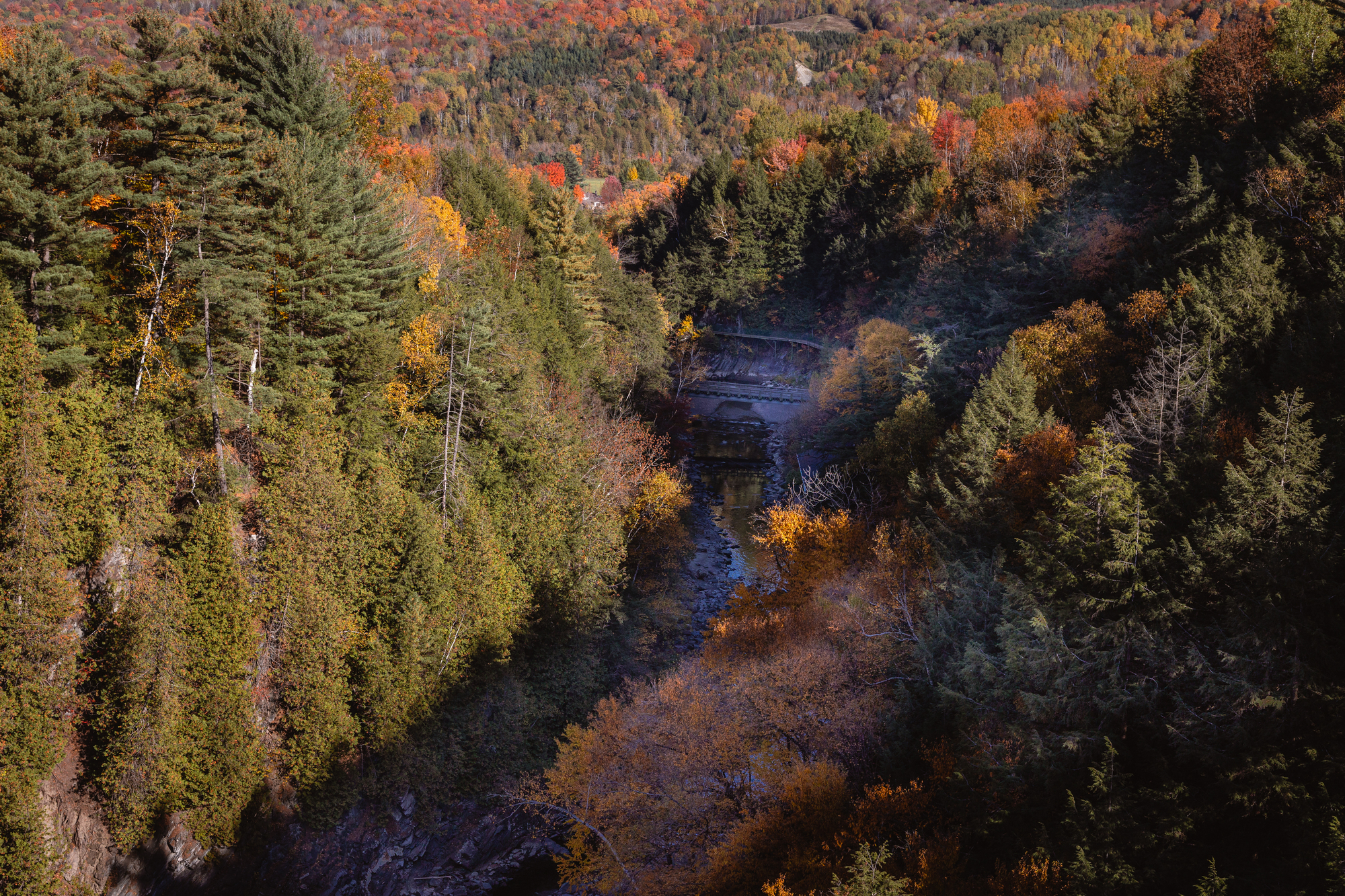
This small Eastern Townships community guards several countryside treasures. Foresta Lumina transforms a forested canyon into a magical nighttime experience with light installations telling mystical stories along a woodland path.
The region produces award-winning cheese – Coaticook dairy cooperative crafts Quebec’s best ice cream, worth every calorie. The Beaulne Museum occupies a Victorian mansion with impeccably preserved period rooms.
But most impressive might be the Coaticook Gorge Park featuring North America’s longest suspended footbridge, swaying 50 meters above the canyon floor – not for those with vertigo.
Bic National Park
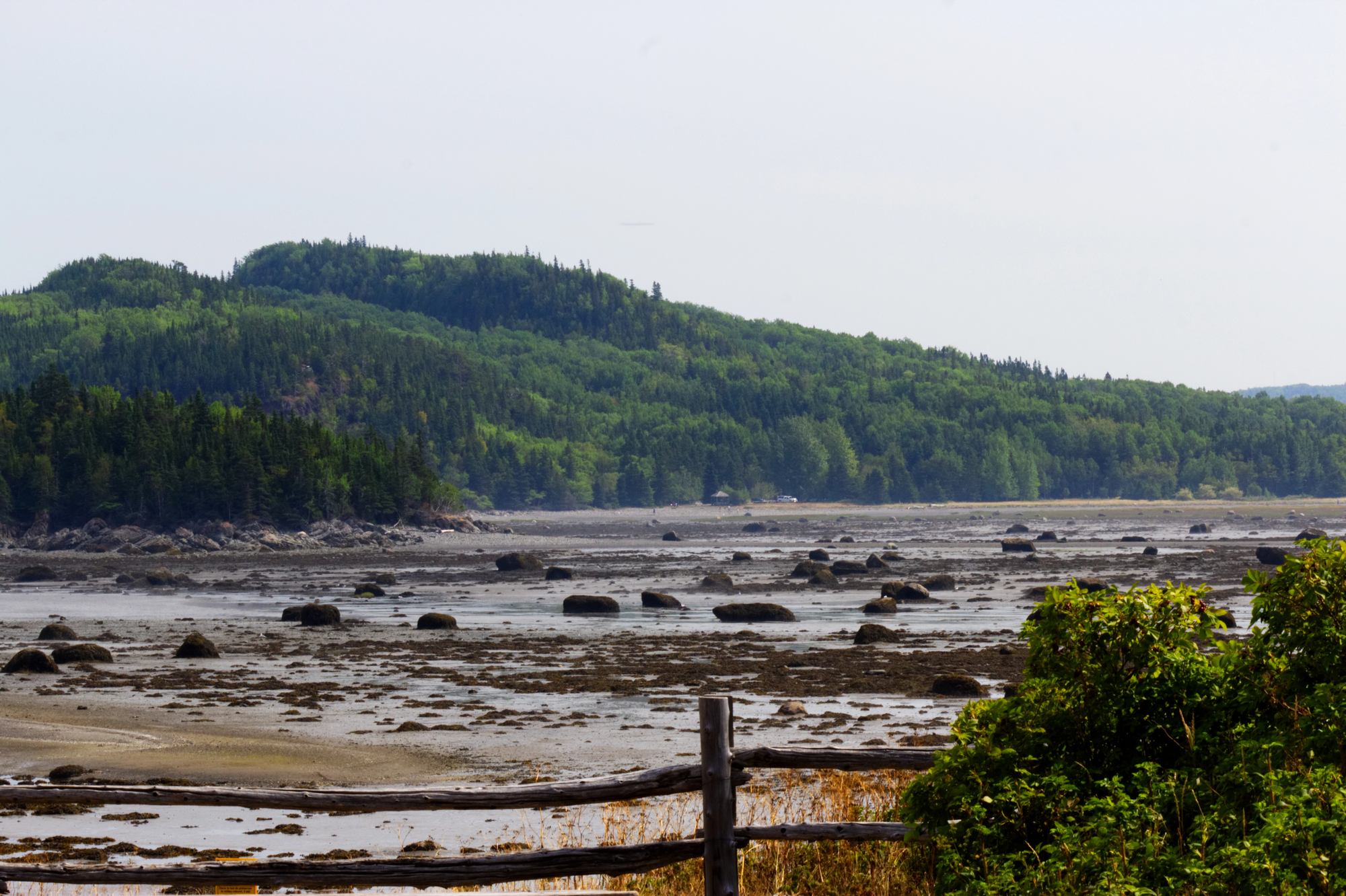
Where the St. Lawrence widens dramatically sits a coastal gem of rounded headlands, sheltered coves, and islands gradually being reclaimed by exceptionally high tides. Hiking trails skirt dramatic shorelines, leading to panoramic views of the massive waterway that defines Quebec.
Harbor seal colonies lounge on rocks at low tide – sometimes, hundreds are visible at once. Unlike many parks, Bic’s magic intensifies during storms, when massive waves crash against rock formations.
The park’s unique attraction may be “glamping” in fully-equipped yurts perched on wooden platforms with stunning water views.
Like Travel Pug’s content? Follow us on MSN.
The Hidden Soul of Quebec
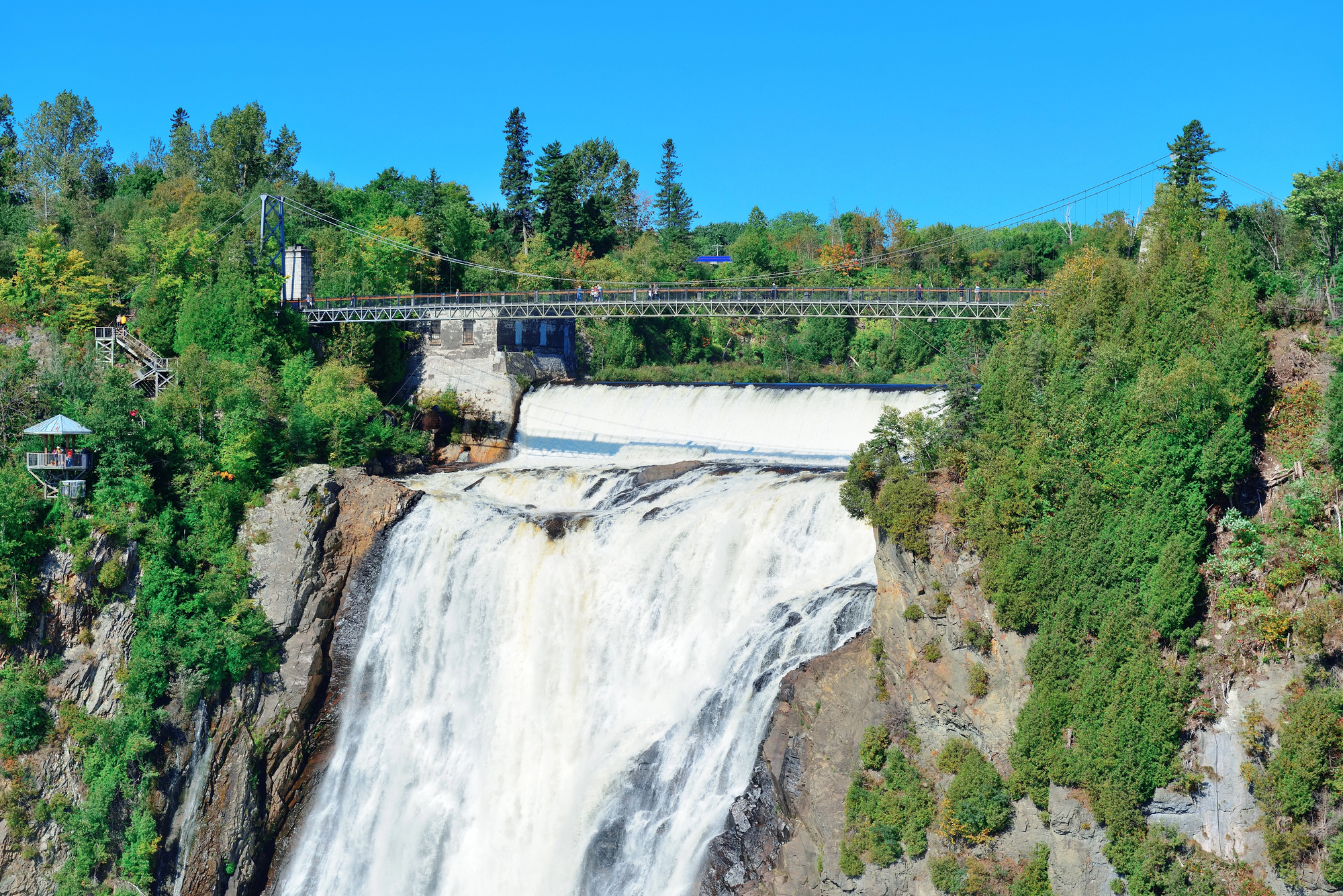
Beyond these highlights lie countless small villages, each guarding traditions passed through generations. Country roads reveal surprise vistas around every bend – ancient barns leaning against time, maple sugar shacks producing liquid gold each spring, and roadside crosses marking rural intersections.
The countryside’s true magic exists in unhurried conversations with locals who switch effortlessly between French and English, in unexpected festivals celebrating everything from snow to cheese to accordion music. Quebec’s rural heart beats to rhythms established centuries ago when first settlers battled harsh winters and rugged terrain to create communities that endure today.
Whether you seek adventure, relaxation, cultural immersion or simply gorgeous scenery, these countryside destinations reveal a Quebec far removed from urban expectations – authentic, welcoming, and utterly unforgettable.
More from Travel Pug

- Cities Growing so Fast You Won’t Recognize Them in 10 Years
- 13 Destinations Where Tourists Regularly Regret Their Trip
- 16 U.S. Cities That Are Quietly Becoming Travel Hotspots
- Where to Travel If You Love Long Bus Rides and Daydreams
- 20 Cities Perfect for Solo Travelers Who Crave Adventure & Culture
Like Travel Pug’s content? Follow us on MSN.
